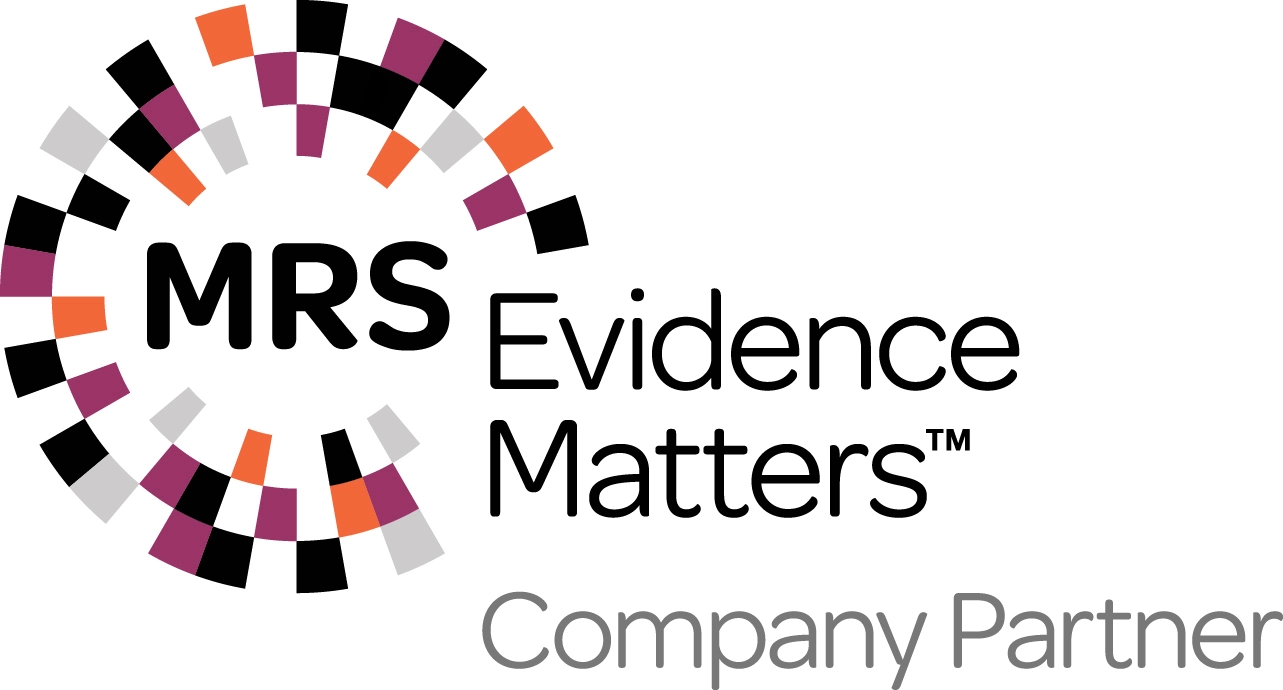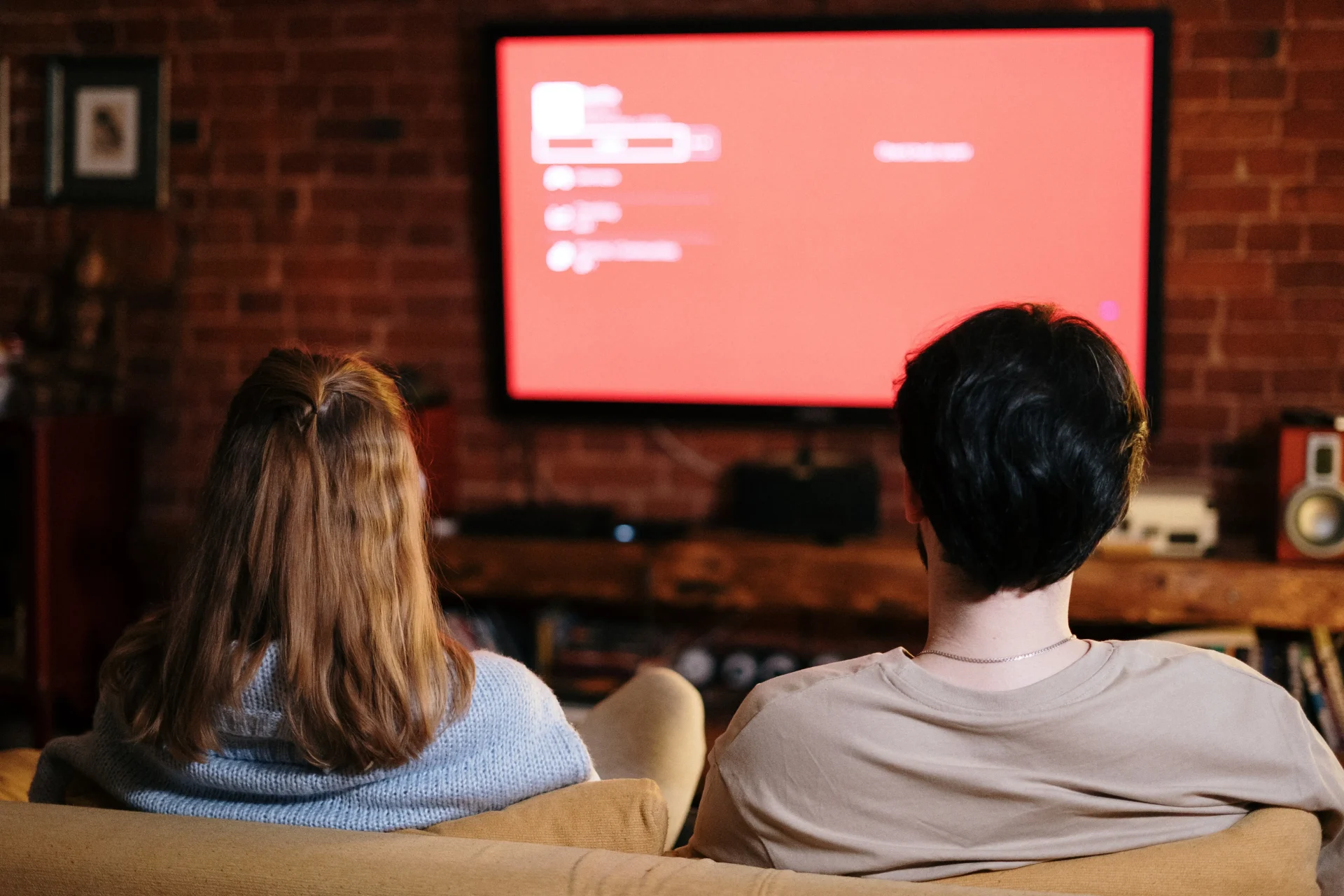
the7stars’ QT report reveals a significant decline in consumer confidence towards charities (22%), compared to both earlier this year and the same period last year. Amidst the cost-of-living crisis, individuals are not only tightening their wallets in terms of monetary contributions, but they are also increasingly seeking transparency in how their donations are being utilised.
As people grow more sceptical, Britons are exploring alternative avenues to support some of the causes close to their hearts, ultimately reshaping the landscape of charitable giving.
Such changes include favouring support for smaller parties like individuals, friends, and families over large corporations or established charities. While this can be attributed to Brits placing greater trust in the faces they know well or perhaps feeling a stronger sense of emotional connection to these individuals, what’s clear is that it’s become even more important for charities to shed clarity about their specific mission and connect to their audiences on a more direct level.
Furthermore, there’s also a notable inclination amongst Britons to invest in local causes that impact their day-to-day lives. This localised mindset is reflected in data released by Canvas8, with 19% of Britons expressing full trust in charities centred on their immediate area, as opposed to a mere 10% for nationwide initiatives. This underscores the prevalent belief that charity begins at home, with a consensus that tackling major societal issues should predominantly fall under the government’s responsibility. Nevertheless, aiding friends and family in times of need remains a paramount concern for many.
In conclusion, while charitable giving in the UK remains robust, a prevailing sense of distrust has spurred a shift towards supporting individuals and local causes. This underscores a yearning for concrete, immediate impacts within communities.
Source: the7stars QT 2023, Canvas8








Recent Comments